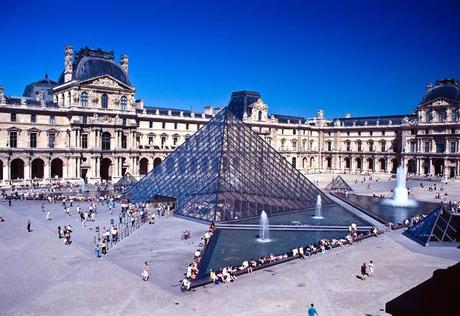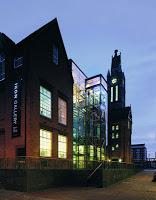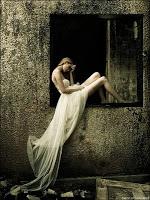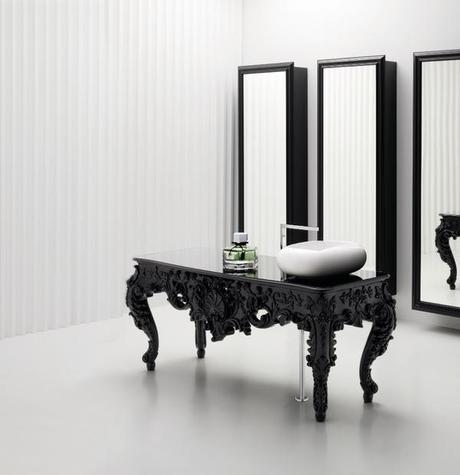 The key to conextual design is knowing the history and culture of a place or time, and using that information to inform the next intervention. Like artists and photographers, architects and interior designers think about the composition of space. Rather than the two dimensional placement of objects within a frame, however, designers think about composition in relation to an entire building. With a huge existing building and furniture stock, one growing challenge is introducing new furniture into existing buildings and vice versa. Especially since furniture is originally built to a distinct time period's fashions and culture.
The key to conextual design is knowing the history and culture of a place or time, and using that information to inform the next intervention. Like artists and photographers, architects and interior designers think about the composition of space. Rather than the two dimensional placement of objects within a frame, however, designers think about composition in relation to an entire building. With a huge existing building and furniture stock, one growing challenge is introducing new furniture into existing buildings and vice versa. Especially since furniture is originally built to a distinct time period's fashions and culture.
As artists have known for centuries, the juxtaposition of old and new can create a moving environment, respecting the old while allowing the new to speak for itself. One of the most famous instances of this condition in architecture is the Louvre in Paris. I.M. Pei's glass pyramid jutting up into the courtyard at the entrance of the existing building is only one of many renovations The Louvre has undergone over the centuries. Rather than destroy part of what was there or try to match the French Rennesaince style, the new entrance allows the history of the building to stay intact while adding another very distinct piece that represents the time it was designed in. The controversy and debate created by contrasts such as these encourage renewed discussions about each time period's design trends, and allows designers to grow by understanding more about how fashions progress.

Looking specifically at furniture, the juxtaposition of furniture of one time period and a building of another provides the same drama and conversation catalyst. An antique wardrobe, bed and chase in a stark, concrete box of a room provides floral patterns set against a matte gray backdrop. Conversely, modern tables and chairs with clean lines and a simple pallets of materials within an old brick warehouse highlights texture and materiality.
Several factors should be taken into acount when designing with contrast. While the two styles work best when disticntly unique, the color pallettes and textures must still compliment one another. Color theory and graphic design become even more important when two styles are inherently different. The three deimensionality of spacial design allows you to compose an entire set of objects so that no matter what angle you view the space from, the building and furniture work together.
High fashion photography uses contrast regularly to emphasize an aspect of an image, set a mood, and draw the eye. Architecture and interior design can use the same principles to achieve the same effect while respecting original styles.

